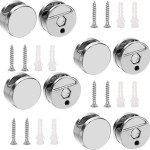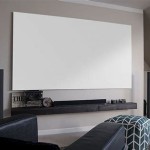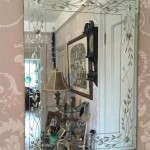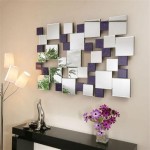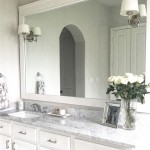Why Are Concave Mirrors Used in Headlights of a Car?
Car headlights serve a crucial function, illuminating the road ahead for improved visibility and safer driving, especially during nighttime or adverse weather conditions. The effectiveness of a headlight system hinges on its ability to project a strong, focused beam of light. This is where the unique properties of concave mirrors come into play.
A concave mirror possesses a reflecting surface that curves inward, resembling a segment of the inside of a sphere. This curvature enables the mirror to collect and redirect light rays in a specific manner, making them ideal for headlight applications. The principle behind this light manipulation lies in the laws of reflection and the specific geometry of the concave mirror.
The law of reflection states that the angle of incidence, the angle at which a light ray strikes a surface, is equal to the angle of reflection, the angle at which the ray bounces off the surface. In a concave mirror, parallel light rays striking the surface are reflected towards a single point called the focal point. This convergence of light rays amplifies the intensity of the light source placed at or near the focal point.
The distance between the mirror's surface and the focal point is known as the focal length. The focal length is a crucial parameter in determining the characteristics of the reflected beam. A shorter focal length results in a more concentrated and intense beam, while a longer focal length produces a wider, less intense beam. Car headlights typically utilize mirrors with a focal length optimized for a balance between intensity and spread, providing adequate illumination of both near and far areas.
The light source in a headlight, typically a halogen bulb, LED, or HID lamp, is positioned strategically near the focal point of the concave mirror. When the light source emits light rays in all directions, the concave mirror intercepts the rays and reflects them forward. This creates a controlled, directed beam of light that effectively illuminates the road ahead.
The reflector design within the headlight assembly also incorporates adjustments to fine-tune the beam pattern. These adjustments often involve subtle variations in the curvature of the reflector or the inclusion of additional lenses and reflectors to shape the beam. The goal is to create a beam pattern that complies with regulations and optimizes visibility without causing glare for oncoming drivers.
Several advantages make concave mirrors well-suited for headlight applications. Their ability to efficiently collect and focus light from a relatively small source enhances the overall brightness and reach of the headlight. This improved visibility makes driving at night significantly safer. The focused nature of the beam also minimizes light scatter, reducing wasted light and minimizing light pollution.
The use of concave mirrors allows for relatively compact headlight designs. The reflective properties of the mirror achieve the desired light projection without the need for bulky and complex lens systems. This compact design contributes to the overall aesthetics and aerodynamics of the vehicle.
Compared to alternative methods of light projection, such as using convex lenses or simple reflectors, concave mirrors offer a superior balance of efficiency, cost-effectiveness, and design flexibility. Convex lenses can produce a focused beam, but they often introduce chromatic aberration, where different wavelengths of light are refracted differently, resulting in a distorted image. Simple reflectors lack the focusing power of concave mirrors, leading to a less controlled and less intense beam.
The materials used in manufacturing headlight reflectors are carefully selected for their reflectivity and durability. Highly polished metals, such as aluminum or silver, are often used due to their excellent ability to reflect light. The reflector surface is typically coated with a protective layer to prevent oxidation and maintain reflectivity over time.
Advancements in headlight technology continue to refine the use of concave reflectors. Computer-aided design and manufacturing techniques allow for the creation of reflectors with complex shapes and precise curvatures, optimizing the beam pattern for specific applications. New materials and coatings further enhance reflectivity and durability.
The ongoing development of adaptive headlight systems leverages the properties of concave mirrors to dynamically adjust the beam pattern based on driving conditions. These systems can automatically adjust the vertical and horizontal aim of the headlights, compensating for changes in road elevation, vehicle speed, and steering angle. This adaptive capability further enhances visibility and safety by providing optimal illumination in various driving scenarios.

Car Headlights

How A Concave Mirror Is Used In Headlights And Searchlights To Throw Light At Long Distance Homework Study Com
Flashlights And Car Headlights All Have Concave Mirrors Why Would It Not Be A Good Idea To Use Convex Mirror Instead Quora

Which Mirror Is Used In The Headlights Of A Car
Why Do We Use A Concave Mirror In Car Headlights Quora

Which Type Of Mirror Is Used In Headlights Vehicles

Why Concave Mirror Used In Headlights Brainly

Why Are Concave Mirrors Used In Headlights Socratic

Why Headlights Used Concave Mirror

State The Type Of Mirrors Used For I Headlights And Ii Rearview In Cars Motorcycles Give Reason To Justify Your Answer Each Case

